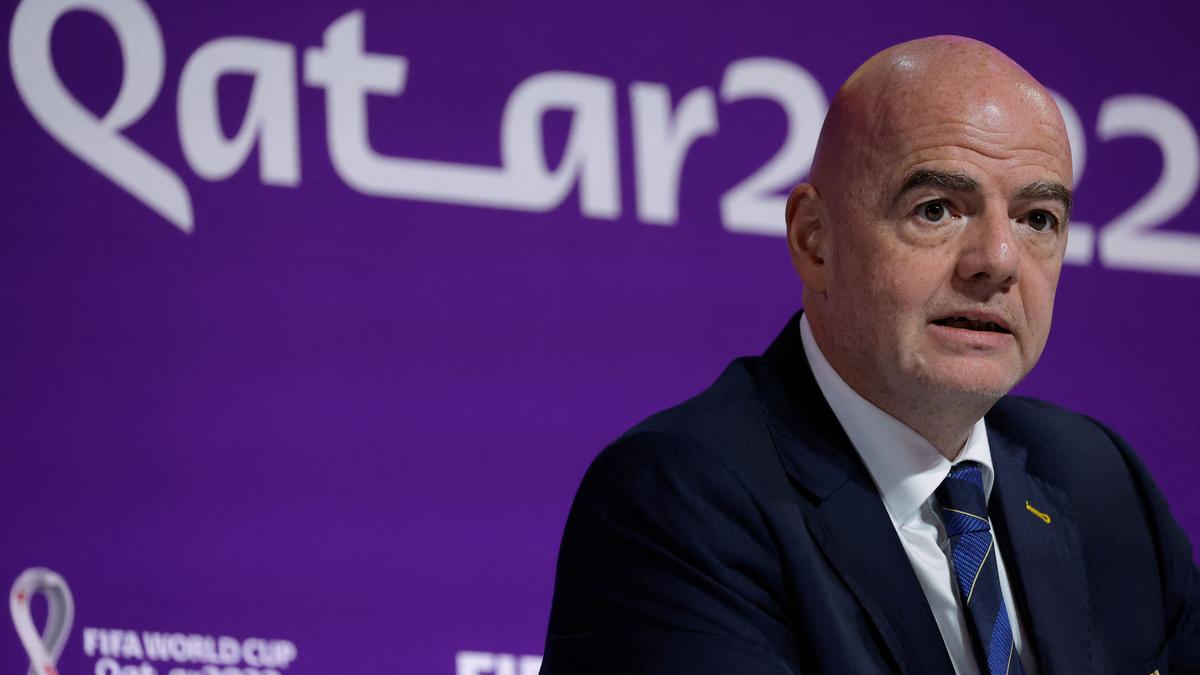The ball must be stationary on the penalty mark and the goalposts, crossbar and goal net must not be moving.
The player taking the penalty kick must be clearly identified.
The defending goalkeeper must remain on the goal line, facing the kicker, between the goalposts, without touching the goalposts, crossbar or goal net, until the ball has been kicked.
The players other than the kicker and goalkeeper must be:
at least 9.15 m (10 yds) from the penalty mark
behind the penalty mark
inside the field of play
outside the penalty area
After the players have taken positions in accordance with this Law, the referee signals for the penalty kick to be taken.
The player taking the penalty kick must kick the ball forward; backheeling is permitted provided the ball moves forward.
When the ball is kicked, the defending goalkeeper must have at least part of one foot touching, in line with, or behind, the goal line.
The ball is in play when it is kicked and clearly moves.
The kicker must not play the ball again until it has touched another player.
The penalty kick is completed when the ball stops moving, goes out of play or the referee stops play for any offence.
Additional time is allowed for a penalty kick to be taken and completed at the end of each half of the match or extra time. When additional time is allowed, the penalty kick is completed when, after the kick has been taken, the ball stops moving, goes out of play, is played by any player (including the kicker) other than the defending goalkeeper, or the referee stops play for an offence by the kicker or the kicker’s team. If a defending team player (including the goalkeeper) commits an offence and the penalty is missed/saved, the penalty is retaken.



